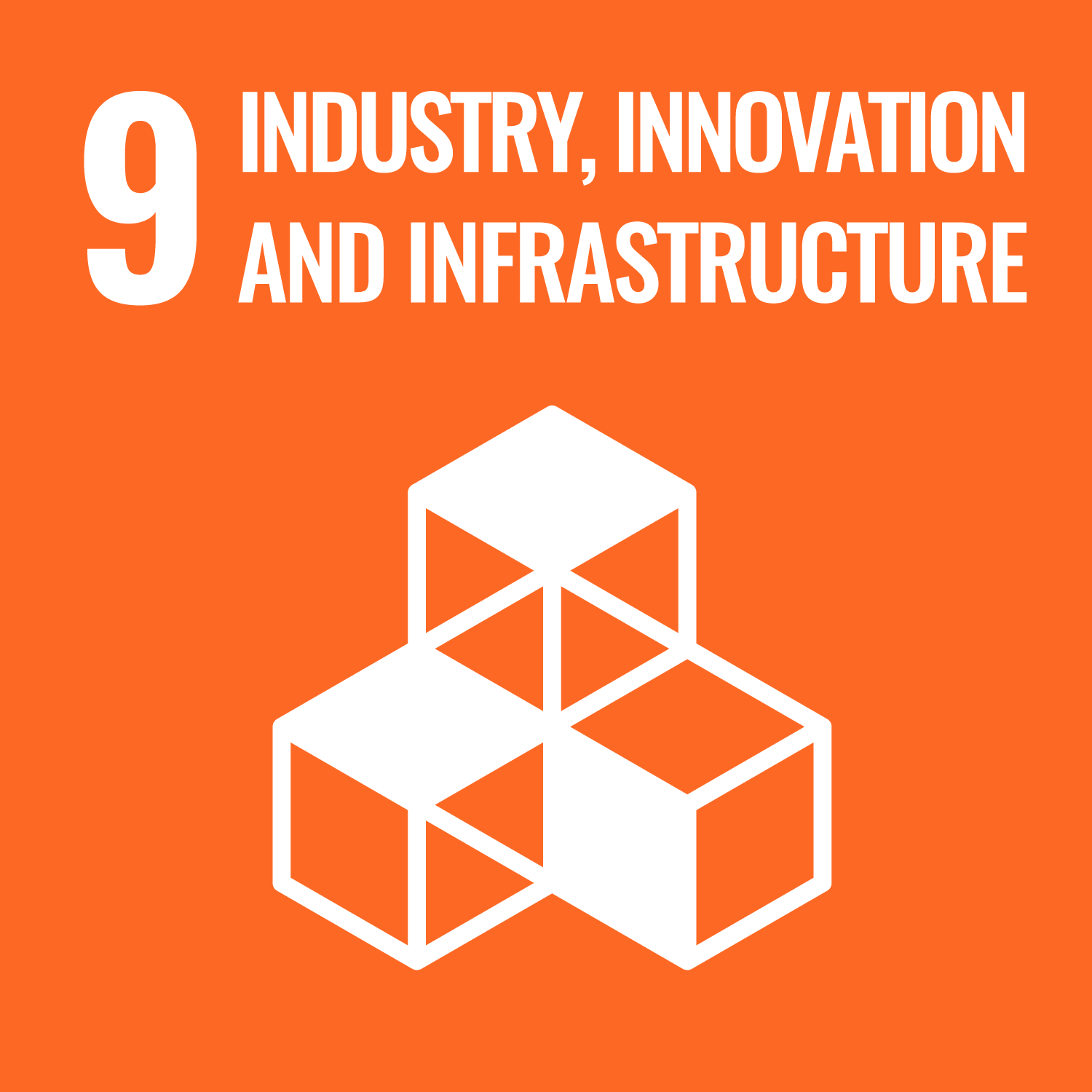Marketing and Artificial Intelligence
Social Robots in Marketing Communication

 Background:
Background:
Social robots are humanoids that have been designed to socially interact with
people. While industrial robots have been assisting us in manufacturing and transportation for decades, social robots are a more recent development. These robots have mostly been used by researchers in the areas of health (e.g. in aged care homes) and education (e.g. in teaching of a language to primary
school students). More recently, these robots have been employed by businesses as ‘greeters’ (e.g. hotel or airport concierges), information providers (e.g. product location in retail outlets) and even entertainers (e.g. singing, dancing or telling jokes in a mall; Nieto et al. 2014). It is expected
that the number of social robots will increase as organisations have found them a useful tool in engaging with stakeholders, especially clients.
In Australia, there is a limited number of social robots currently available. Most of these are with universities or research institutes. Researchers in the field of human–robot interaction have been working with social robots for a decade now. Australians, unlike the Japanese, are cautious of this new form of technology. There are concerns voiced about loss of jobs, safety, trust and, generally, ethics in the use of social robots. It is agreed, nevertheless, that the use of such machines is on the rise.
Our research examines whether robots affect an employing organisation’s image. Just as an advertisement influences an organisation’s image, similarly we propose to find a link between the robot’s image and the organisation’s image. Since technology is well recognised to cause anxiety in some segments of the population, we are also interested in evaluating people’s anxiety levels with reference to the robot.
Researchers:
Dr Aila Khan
Dr Michael Lwin
Dr Omar Mubin
Isha Kharub
Mohammad Aoun
